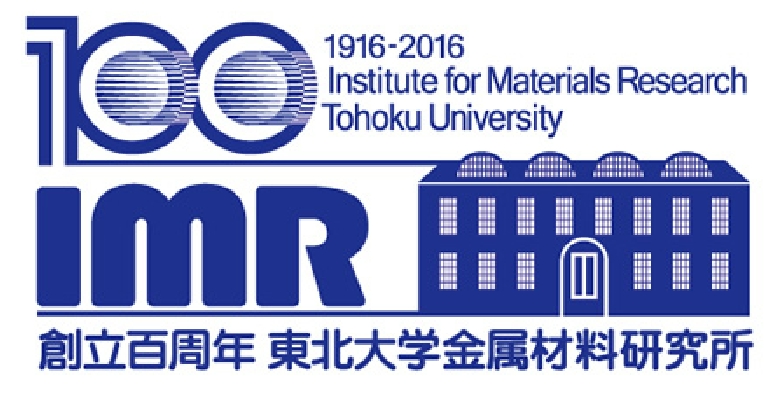11th Materials Science School for Young Scientists and Students 2014 (KINKEN-WAKATE
2014)
Fundamentals and Modern Aspects of Superconductivity
Fundamentals and Modern Aspects of Superconductivity
Prof. Shin-ichi Uchida
HEADLINE
Road to Higher Tc
Triggered by the discovery of high-transition-temperature (high-Tc) superconducting
copper oxides in 1986, eight different material families have been found
to show superconductivity at temperatures higher than 23 K, the record
high-Tc value before 1986. Among them six families are superconductors
with Tcmax lower than 40 K, and the electron-electron attractive interaction
mediated by phonons is thought to be a dominant pairing interaction. The
copper oxides and the iron compounds are distinct from others in their
outstandingly high Tc values, 135 K and 55 K, respectively, and in unconventional
Cooper pairs, supposedly arising from repulsive interactions. Although
the mechanisms of Cooper pair formation in both systems remain to be elucidateddeb,
now we can specify material parameters that influence Tc in each family.
Most of them do not obey the Matthias rules which were a guiding principle for finding new superconducting materials with high Tc before 1986. Instead, new guiding principles emerge from the features in common with most of these high-Tc families. This lecture addresses the basic questions; what makes Tc high in each family and why copper oxides and iron compounds are so special with central concern on a possibility of enhancing Tc
Most of them do not obey the Matthias rules which were a guiding principle for finding new superconducting materials with high Tc before 1986. Instead, new guiding principles emerge from the features in common with most of these high-Tc families. This lecture addresses the basic questions; what makes Tc high in each family and why copper oxides and iron compounds are so special with central concern on a possibility of enhancing Tc
